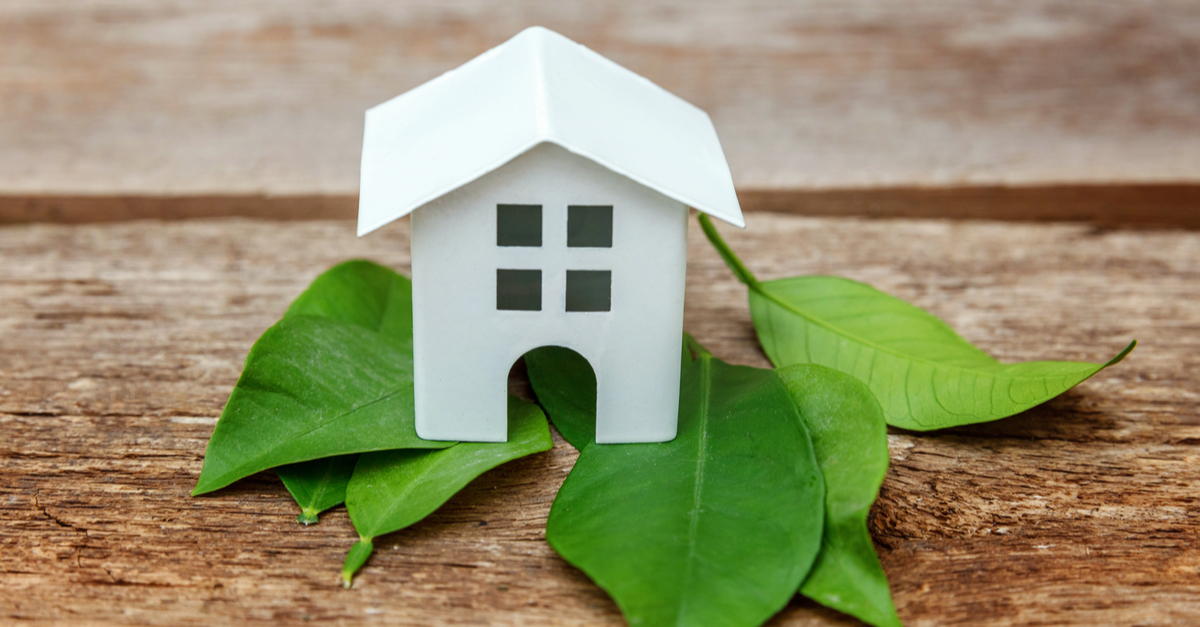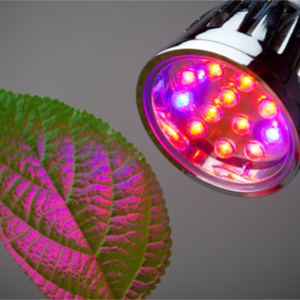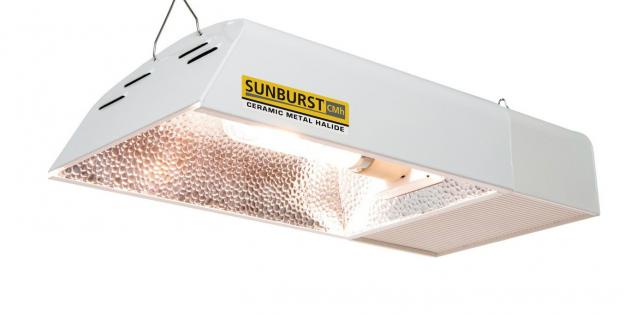- Among the many topics concerning cannabis – e.g. global regulatory frameworks, activists, technical innovations and growing methods – today we will be focusing on an issue that affects beginner and expert growers alike: space limitations.
- For those of you who aren’t lucky enough to own a garden, here’s how you can make the most of a tiny indoor space by optimising the available resources and technical means.

How to choose your equipment
Grow tent: Prefabricated or otherwise, the grow tent needs to fit comfortably in the available space. The models available on the market are many and varied, and if you go DIY, you'll be able to tailor your grow tent to your own specific needs – if so, remember to plan first so that you can get the best compromise between the available space and your needs.

Lamps: In small-space growing, the light output needs to be consistent with the crop area so as to prevent excess heat from stressing the plants, as this could cause over-transpiration and result in stunted growth, with plants losing vigour during growing and producing smaller, thinner, less aromatic flowers during flowering.
Below is a selection of low heat lamps that allow to reduce transpiration in plants so that you don't end up harvesting a low-quality crop – at least when compared to plants grown under optimal conditions.
- Fluorescent neon tubes (TCL): While they have been around for many years, fluorescents are still a reliable lighting solution. Used mainly for germination and rooting of young cuttings, fluorescents can also be used during flowering, but because their elongated shape is not well suited to small spaces, they're probably not the best choice when space is a problem. For a small grow, we recommend using a 25, 50, 55 or 80w model, and if you have the space, placing several tubes in parallel – of the same or different power – will allow you to ensure constant, uniform lighting with minimum heat output. Cost-effective, the performance of fluorescents will ultimately depend on the number of tubes used.
- CFL lamps (energy-efficient):Extremely low heat and powerful enough to light up a tiny grow, CFL lamps are particularly well suited to small grow rooms (about 50x50x100cm) and tents (e.g. 60x60x160cm and 80x80x160cm). Available in 105, 150, 200 and 250w, they offer great value for money.
- CMH/LEC lamps: This new generation, low-heat lamps are still not widely used in cannabis growing, but being a high performing option chances are that they will soon become a standard feature in many indoor setups. The best choice for a confined space (from 60x60x160 and 80x80x160cm to 100x100x200cm) is the 315w model, which will allow you to harvest a crop that is high-quality in all respects – flavour and aroma, quantity and quality of the terpenes, flower density, resin production, quality of the effect, appearance of the final product. Excellent price/quality/performance ratio.
- LED lamps: Because they ensure extremely low heat loss, LED lamps can be placed closer to the plants.
If your space is particularly small (up to 50x50x80cm), you can choose a LED module instead of a lamp. These are available both for the vegetative and the flowering period and are typically mounted on the sides of the grow tent, but can also be placed at the top. If your grow is small, choose a 26 or 42w model (Secret Jardin), but go for a bit more power – 400-500w – for spaces from 60x60x160 to 100x100x200cm. There are many LED lamp models commercially available, but these tend to be pricey and results are not always as good as one would expect, so make sure to do your research before picking one.
- HPS lamps: Having been around for thirty years, HPS lamps need no introduction. While they might not be the next big thing in lighting, they remain an effective option, but are best avoided in grow spaces smaller than 80x80x160 or 60x60x160 as they emit more heat than other lamp types. If you opt for an HPS lamp, chose the 250w model and don't forget their high heat output might prove a problem in small grow spaces.
HPS lamps provide good results at an affordable price. On the negative side, they produce high heat outputs and are not very energy efficient
Once you've chosen a lamp, don't forget you will also need a reflector, a suspension fixing kit, cables of the right length and bulbs (in some cases).
Intake/Exhaust fan: Passive air intake is all you need in small grows. As for air extraction, a low power exhaust fan (160 m3/h, 200 m3/h or 275 m3/h) should be more than enough, but consider an air renewal rate of 300-350 m3/h if your grow space is larger than one square metre. This, however, remains a relatively small space, so you can still expect low energy costs.
Ventilation duct: The only thing to consider here is the diameter, which needs to match that of the exhaust fan. Also, don't forget to get matching clamps.

Active carbon filter: If you have the space, consider using a carbon filter to avoid problems with neighbours. Alternatively, you can use an odour neutraliser – like the ones from Ona – but bear in mind that these are not as effective as carbon filters.
Fan: A 20 cm, 12w clip fan placed between the lamp and the plants should provide enough ventilation for a small grow.
Thermo-hygrometer: Place one at medium height of the plants to measure temperature and humidity.
Adaptor: Try using an adaptor with at least 5 sockets and a switch to connect the equipment to the mains with greater ease.
Pots: Chose 1, 2, 4 or 5 litre-pots according to the available space and to your personal preferences.
How to tailor your grow to a small space
As already pointed out, growing in a tiny area is about adapting the resources to the available space, which also means using less electricity, water and fertilisers.

The amount of nutrient solution (water + fertilisers) you use depends not only on the size of the grow area, but also on aspects like plant transpiration and evaporation rate, which are largely influenced by the heat the lamp emits. This is why the choice of lamp has a direct impact both on energy costs and on water and nutrient use. The choice will ultimately depend on the crop size and on the desired results – a 150w CFL lamp will produce less flowers than a 250w HPS lamp, but also costs will be lower.

Another key to a successful tiny grow is choosing the right strain. If you grow from seed, indica-dominant strains are probably the best option because of their stockier structure with short internodes, which are ideal for small spaces.
Particularly good choices are the feminised version of Bubba Kush, Shark Attack and White Widow. And if you like autoflowering strains, you can try Bubba Kush Autoflowering, Fruit Autoflowering, White Cheese Autoflowering, White Widow Autoflowering, Kush'N'Cheese Autoflowering, Blue Kush Autoflowering and Critical+ Autoflowering.
Moving on to hybrids, our catalogue offers a variety of choices including Cheese, Blue Cheese, Blue Kush, Blue Widow, Blueberry Cookies, Dinachem, Gorilla, Quick Critical+ and Quick Kush, all of which will all thrive in a small space provided you use a 12/12 photoperiod from seed to flower.
This does not mean the plant won't grow at all – growing is a natural biological instinct – but the stretch won't be as dramatic as in plants grown under a standard photoperiod – 18/6 during growing and 12/12 during flowering.
The 12/12 method is also suitable for autoflowering strains such as Blue Cheese Autoflowering, Cheese Autoflowering, Critical+ 2.0 Autoflowering, Critical Cheese Autoflowering, Sour Diesel Autoflowering and Moby Dick Autoflowering.
It you prefer growing from cuttings, the 12/12 photoperiod will be of help too. Just apply it after rooting to favour a plant size that is both capable of high yields and easy to handle.




Comments from our readers
There are no comments yet. Would you like to be the first?
Leave a comment!Did you like this post?
Your opinion about our seeds is very important to us and can help other users a lot (your email address won't be made public).